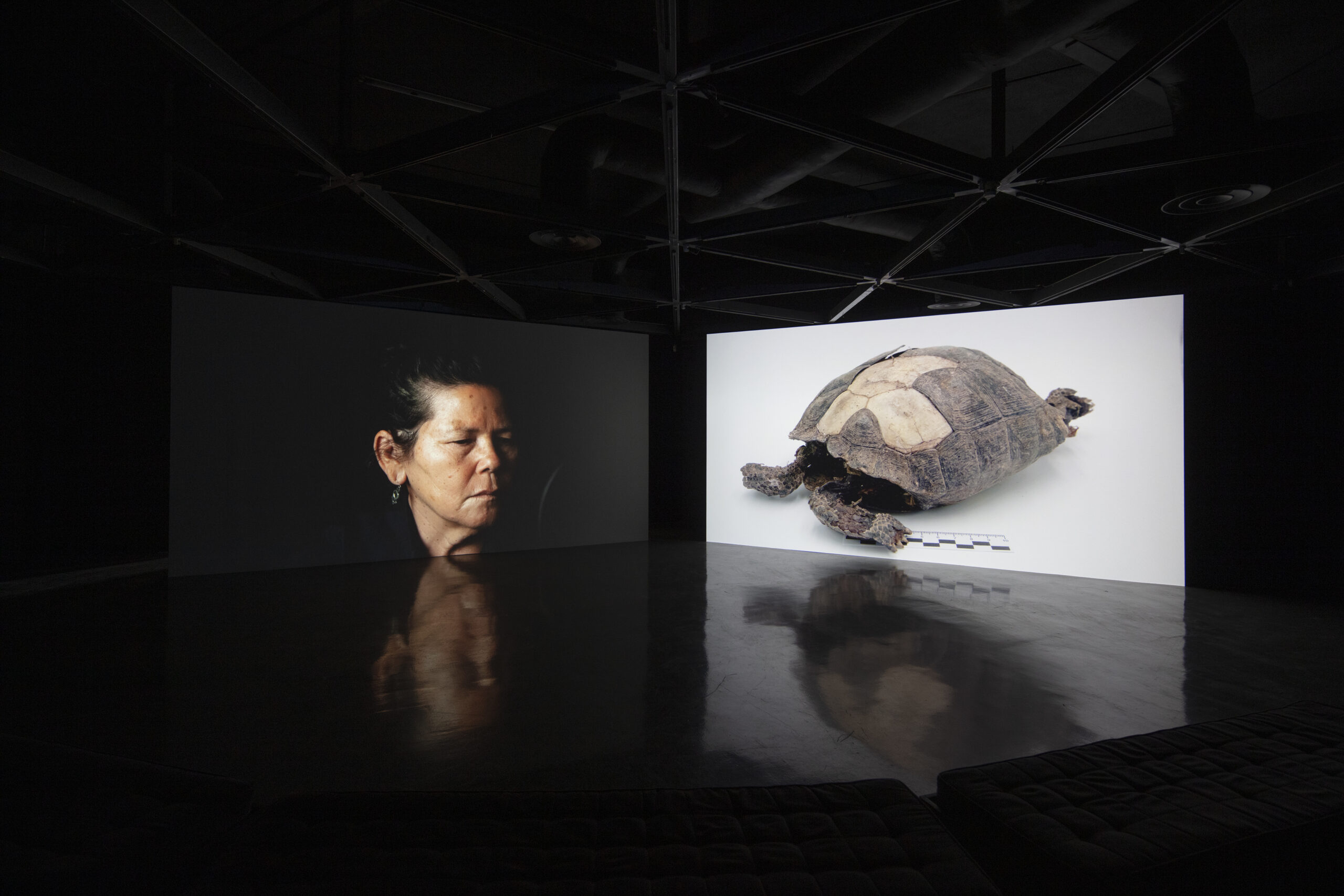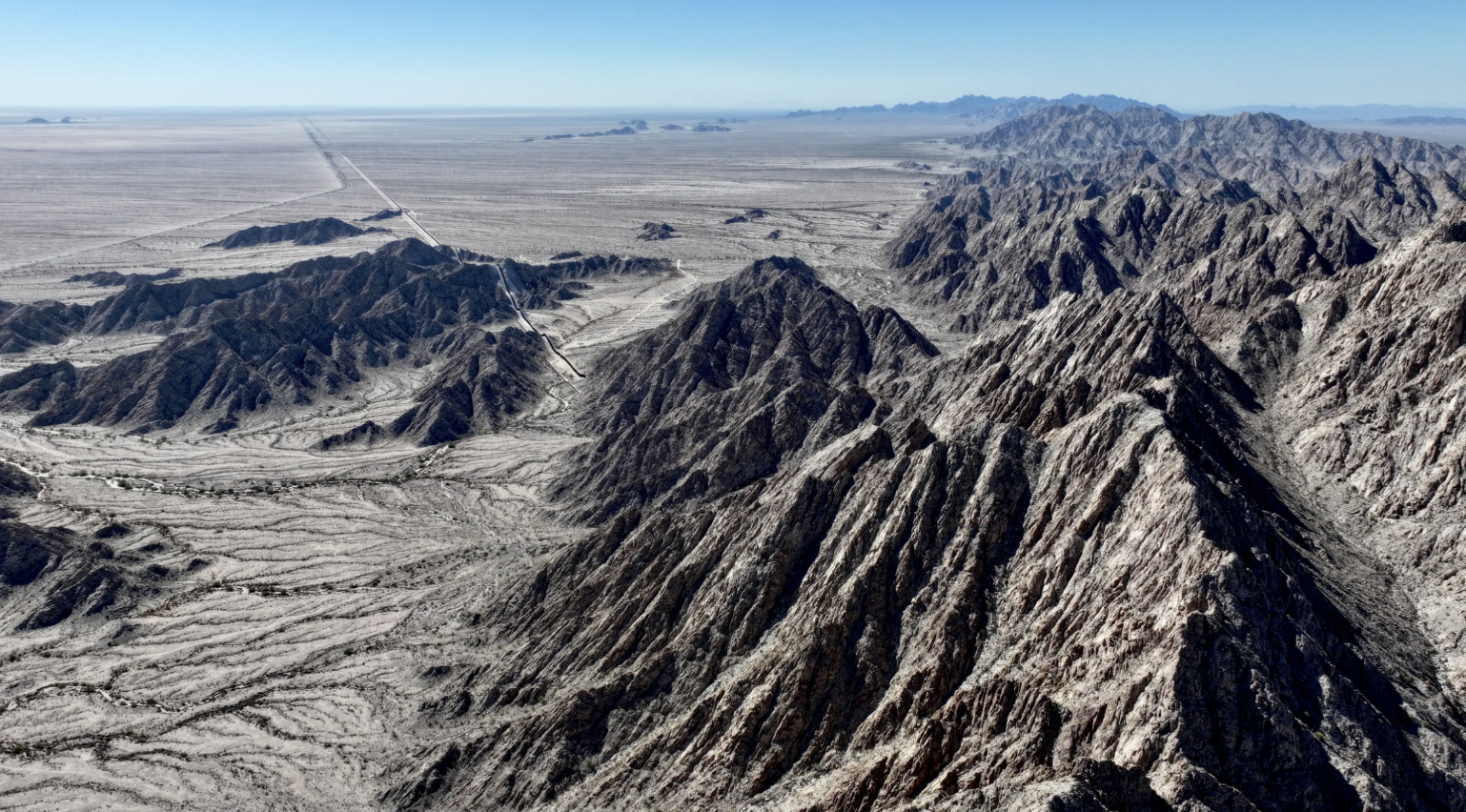Miguel Fernández de Castro
(Hermosillo, Sonora, México,1986)
Venues
Galería Jesús GallardoVisual artist who uses photography, video, sculpture and writing to investigate how extractive and criminal economies materially transform territory at the same time he researches the historical links between environmental catastrophe, organized crime and forced disappearance. In Mexico his work has been shown at Casa del Lago, the Museo de Arte Contemporáneo de Monterrey, the Museo de Arte Moderno and the Museo Jumex; outside Mexico he has exhibited at Ashkal Alwan in Beirut; Ballroom Marfa in Texas; Frac Centre-Val de Loire in Orleans; the Museo Artium in Vitoria, Spain; the Museu de Arte de São Paulo; New York’s Storefront for Art & Architecture; Spazio Veda in Florence; the Wren Library and Whitechapel Gallery, both in the UK; among others. He completed professional residencies at PAOS (Guadalajara) and Casa Gallina-InSite. Fernández de Castro received an Open Society Foundation grant in 2023 and a three-year support from the Digital Borderlands-Mellon Foundation between 2021 and 2023. He has received two Jóvenes Creadores grants from Mexico’s Fondo Nacional para la Cultura y las Artes, in 2011 and 2019, and has been a member of that country’s Sistema Nacional de Creadores de Arte de Mexico since 2022. The artist is also the co-founder at the Centro de Investigaciones del Desierto de Altar. He lives and works in Altar, Sonora.
Los bárbaros, 2024
Two-channel video installation (color, sound)
15 min. 20 sec.
Production: Miguel Fernández de Castro
Editing: Fernando Portillo
Photography: Miguel Fernández de Castro and Fernando Portillo
Direct sound: Juan Celaya and Natalia Mendoza
Color and sound design: Estudio El Pinacate
Translation from Spanish to O’odham: Rafael Garcia
Local production: Janeth Caballero, Juana Federico, Rafael García, Ariel Méndez, Javier Mendoza, and Lico
Archive video: US Customs Recruit Native Indian Trackers in Drugs Battle, AP, 1996
The artist bases this work on the Great Altar Desert in Sonora, analyzing conditions that have drastically altered the physiognomy of the landscape. Starting with an image, the project spurs broad imaginations about the border, identity ties, language, and belonging, focusing on the conditions of the Tohono O’odham native nation, historically divided by the US-Mexico border.
The video installation contrasts the territory’s concerns, presenting an original fragment and a recreation of a report from the 1990s about an operation in which the United States Border Patrol hired members of the Tohono O’odham community to track down signs of drug traffickers in the desert. People from the community traveled the landscape on horseback in search of footprints that showed anomalies affecting the “natural state” of the land. In the recreation, the artist’s mother, a chronicler of the region, repeats phrases from the original video. Also, a series of closed shots presents objects seen by Fernández de Castro in 2017 during a visit to San Francisquito, an O’odham town, 7 km from the border, after the abrupt forced displacement of its inhabitants due to the violence. On a white background and forensic lighting, the artist recreates his memories of this disconcerting encounter and displays vestiges of the moment—organic and animal waste, and weapons–at the center. In this work, Fernández de Castro questions of the possibility of representing and elaborating experiences of violence.
* Beneficiary of the Sistema Nacional de Creadores de Art (National Art Creators System) 2023-26, part of the Sistema de Apoyos a la Creación y Proyectos Culturales (Support System for Creative and Cultural Projects).
bienal


